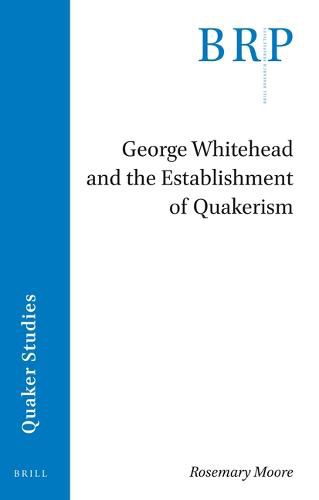Readings Newsletter
Become a Readings Member to make your shopping experience even easier.
Sign in or sign up for free!
You’re not far away from qualifying for FREE standard shipping within Australia
You’ve qualified for FREE standard shipping within Australia
The cart is loading…






George Whitehead was a key figure in Quakerism from around 1660 until his death in 1723, but he has been neglected in recent scholarship. He was an effective political lobbyist in the struggle for religious toleration and was active in the developing work of the national Quaker bodies, Yearly Meeting, Meeting for Sufferings, and the Morning Meeting. He was also a leader in the adaptation of Quaker theology to the needs of the late seventeenth century. In his old age he was involved in the campaign to permit Quakers to use a form of affirmation instead of judicial oaths. This study by Rosemary Moore begins with an account of his life, using his memoirs and other contemporary sources, continues with a consideration of his published works, including his understanding of the ‘light within’, and concludes with a look at his place in Quaker history in comparison with George Fox and William Penn.
$9.00 standard shipping within Australia
FREE standard shipping within Australia for orders over $100.00
Express & International shipping calculated at checkout
George Whitehead was a key figure in Quakerism from around 1660 until his death in 1723, but he has been neglected in recent scholarship. He was an effective political lobbyist in the struggle for religious toleration and was active in the developing work of the national Quaker bodies, Yearly Meeting, Meeting for Sufferings, and the Morning Meeting. He was also a leader in the adaptation of Quaker theology to the needs of the late seventeenth century. In his old age he was involved in the campaign to permit Quakers to use a form of affirmation instead of judicial oaths. This study by Rosemary Moore begins with an account of his life, using his memoirs and other contemporary sources, continues with a consideration of his published works, including his understanding of the ‘light within’, and concludes with a look at his place in Quaker history in comparison with George Fox and William Penn.